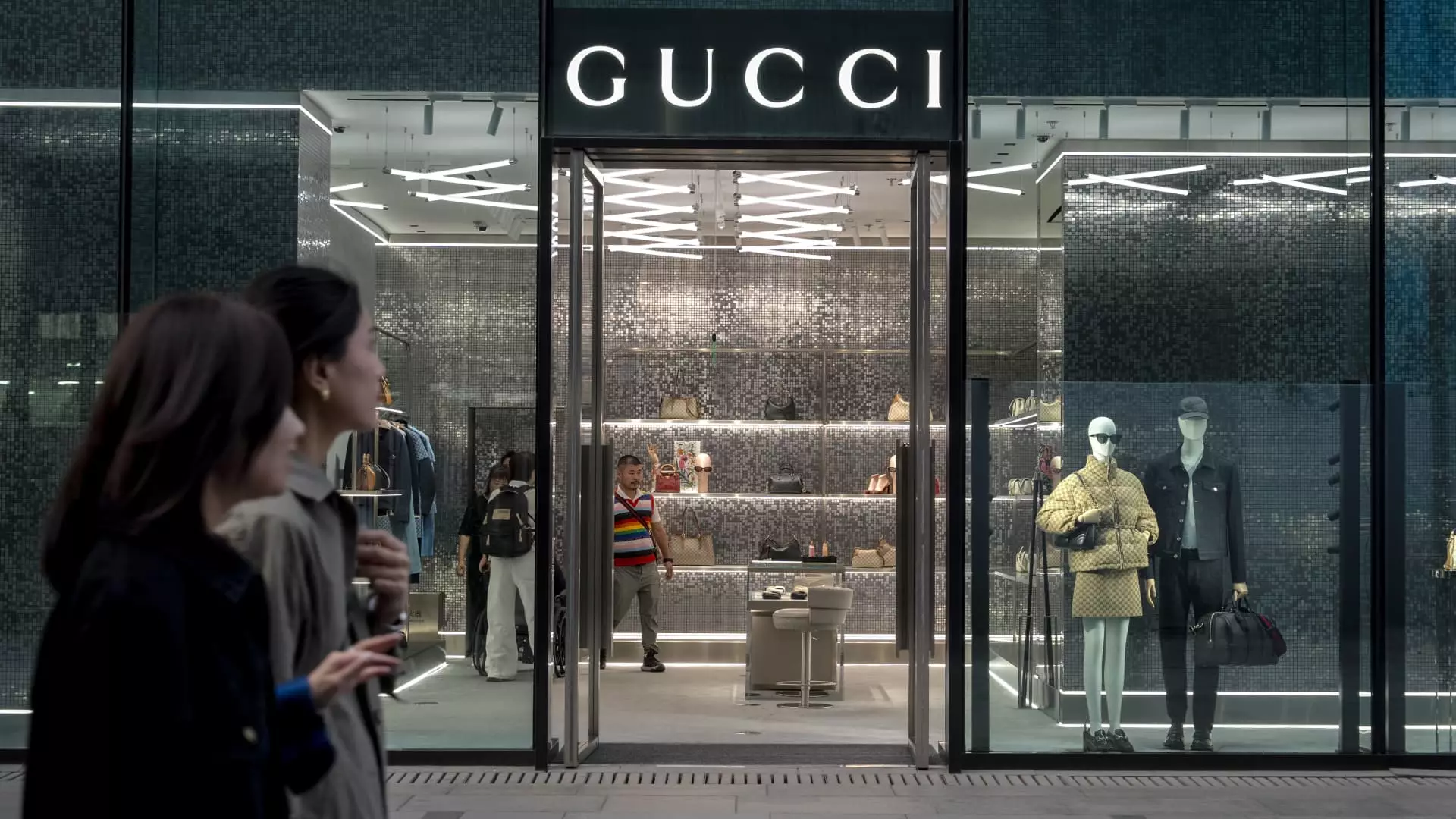The fashion world gasped as Kering announced the appointment of Demna Gvasalia, the audacious force behind Balenciaga, to lead its beleaguered Gucci brand. On the surface, this decision is a bold attempt to revive a label that has been struggling with declining sales and relevance. However, the dramatic share price drop of 10.75% after the announcement raises crucial questions about Kering’s strategy and foresight. Can a designer known for controversies truly lead Gucci back to its former glory, or are we witnessing an ill-fated gamble?
Gvasalia, a Georgian national and the first non-Italian artistic director of Gucci in the brand’s storied history, is celebrated for introducing streetwear elements to high fashion. Yet, his past is marred by contentious campaigns, such as the infamous 2022 ad that featured children with bondage-style accessories. Such provocative marketing tactics have polarized opinions and may not resonate well with Gucci’s traditional base, which values both sophistication and luxury.
Financial Ramifications and Market Perception
Kering’s substantial drop in shares underscores the market’s skepticism regarding this strategic pivot. Investors appear wary of Demna’s ability to not only revitalize a faltering brand but to do so without alienating Gucci’s core clientele. The once-coveted label, now facing a sales decline of 24% annually for the fourth quarter, represents half of Kering’s total revenues. In light of this, the decision to appoint a figure like Gvasalia can be interpreted as a high-stakes move that could either rejuvenate the brand or lead Kering further into the quagmire of diminishing profits.
Perhaps what is most alarming is the urgent need for Kering to act. Jefferies analysts have pointed out that Gvasalia’s impact will not be felt until 2026, leaving a significant gap in direction and execution. This uncertainty raises further questions: Is Kering prepared to wait, or will they feel the pressure to intervene even further?
Quiet Luxury vs. Bold Statements
Amid a broader industry shift toward what has been termed “quiet luxury,” Demna’s appointment signifies a potential clash of cultures. The maximalist styles that once defined Gucci’s allure now appear outmoded, and as the market leans toward understated elegance, does Gvasalia represent defiance or desperation? Kering’s reliance on daring and occasionally divisive creativity could create a rift between the brand and its evolving customer base that increasingly favors subtler expressions of wealth and taste.
In this context, the timing of Gvasalia’s appointment feels precarious. With the next Milan fashion show looming, Gucci has little time to adjust or reinvent itself under new leadership. The hope that Gvasalia can provide immediate transformations is a romantic notion, but the road ahead may be full of obstacles both craft and marketplace alike.
Ultimately, Kering’s decision reflects a desire to reclaim its position at the forefront of luxury fashion, but it is fraught with potential pitfalls. Can Demna Gvasalia balance his provocative artistic vision with the expectations of a demanding market, or will Kering’s audacious bid for renewal end up being a cautionary tale in the world of high fashion?

